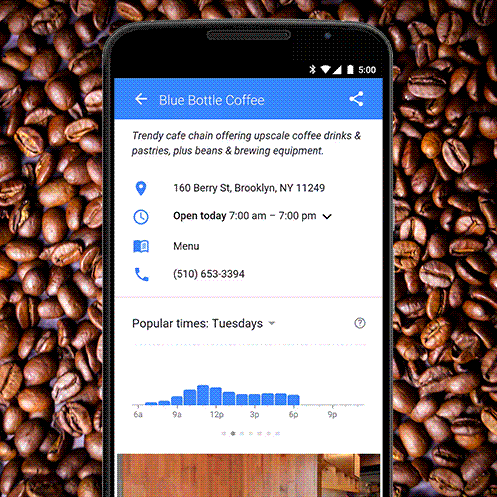by Jesse Yoder
The Internet of Things
Web 3.0 is a term that people use to describe the evolution of web. There's no clear agreement on how to partition technology or how to define web 2.0, or web 3.0. We've talked about it extensively the concept of both web 2.0 and web 3.0 in IT6753. One of the potential divisions that we discussed was labeling web 3.0 as the "internet of things." An advancing semantic understanding, inherent in devices, may drive an evolution in the web that allows "things" to reach growing and more robust understanding of each other. This may allow devices to create content and learn from the web the way human users did as the term web 2.0 became popular.Crowdsourcing the "Internet of Things"
What will it mean for crowdsourcing if devices can begin to behave more like human users on the web? Answering a piece of that question could be worth a large sum of money. We can't see into the future but we can look at where ideas are heading right now with current technology. Mobile devices provide data about their users like their of software and their location over time. Mobile devices provide some of the nearest future implementations of crowdsourcing devices.Seismographic systems can crowdsource smartphones and vehicles that track location using Global Positioning Systems (GPS). According to scientists at the United States Geological Survey (USGS), these systems could detect an earthquake and set off a warning several seconds before tremors or tsunami waves reached the population centers. Geophysicists at the USGS say that those seconds really matter. A system that could provide five seconds could potentially provide time for school kids to get under their desks. Another device could shut down gas lines or stop trains (Patel, 2015). "It took fewer than 5,000 smartphones to detect a simulated California earthquake within 5 seconds—giving time to warn San Francisco and San Jose" (Patel, 2015).
You may have noticed a bar graph on Google Maps that shows a business's peak hours. It looks like this:
(Schwartz, 2015)
Google Maps tracks its users' locations and determines the peak hours for a business through the aggregate of their information. This started just last year (Schwartz, 2015). Google openly provides this information. Any organization may begin using this data to calculate profitability of operational hours. This data could be used to determine when an organization opens its doors and when it shuts them, how many employees will work which hours, and the number of employees that it needs to maximize profit. How might an organization that you patronize use this data? What about one that employs you or your family?
Of course, there are ways for organizations to track their own traffic and probably more reliably but there are costs associated with that collection. An organization could compile data from Google and other navigational organizations for little cost. Can you imagine a system that compiles consumer traffic flow data and uses algorithms to set hours, determines workforce strength, assigns schedules, and possibly does even more? A comedic film by Mike Judge that takes place in the future, Idiocracy, jests about a computer "doing that auto-layoff thingy." The satire is that no one is smart enough to understand hiring and layoff processes but is it so crazy if you imagine a capable professional finalizing decisions?
The capability to crowdsource devices will undoubtedly increase. The capability and scope of devices is growing. Languages are growing. We are moving into a more semantic web. There will surely be an increasing number of examples of crowdsourcing non-human users. There may even be more examples of non-human users crowdsourcing other non-human users.
Sources
Patel, Prachi (10 April 2015). Crowdsourcing Smartphone GPS Could Improve Earthquake Warnings. Retreived on 13 March 2015 from http://spectrum.ieee.org/tech-talk/consumer-electronics/gadgets/crowdsourcing-smartphone-gps-could-improve-earthquake-warnings
Schwartz, Barry (28 July 2015). Google Shows A Store’s Busy Times By Crowdsourcing Your Store Visits. Retreived on 13 March 2015 from http://searchengineland.com/google-shows-a-stores-busy-times-by-crowdsourcing-your-store-visits-226290

Very informative post on crowd-sourcing devices, many of the examples you discussed here really enlightened me more on crowd-sourcing devices, some of them I have not thought the way you expressed them. It was interesting reading your post and thanks for sharing.
ReplyDeleteGreat post showing the importance of crowdsourcing.
ReplyDeleteNice post Jesse. Google map is helping a lot of business and surely google analytics will help business in a major way.
ReplyDeleteVery informative post.
ReplyDelete